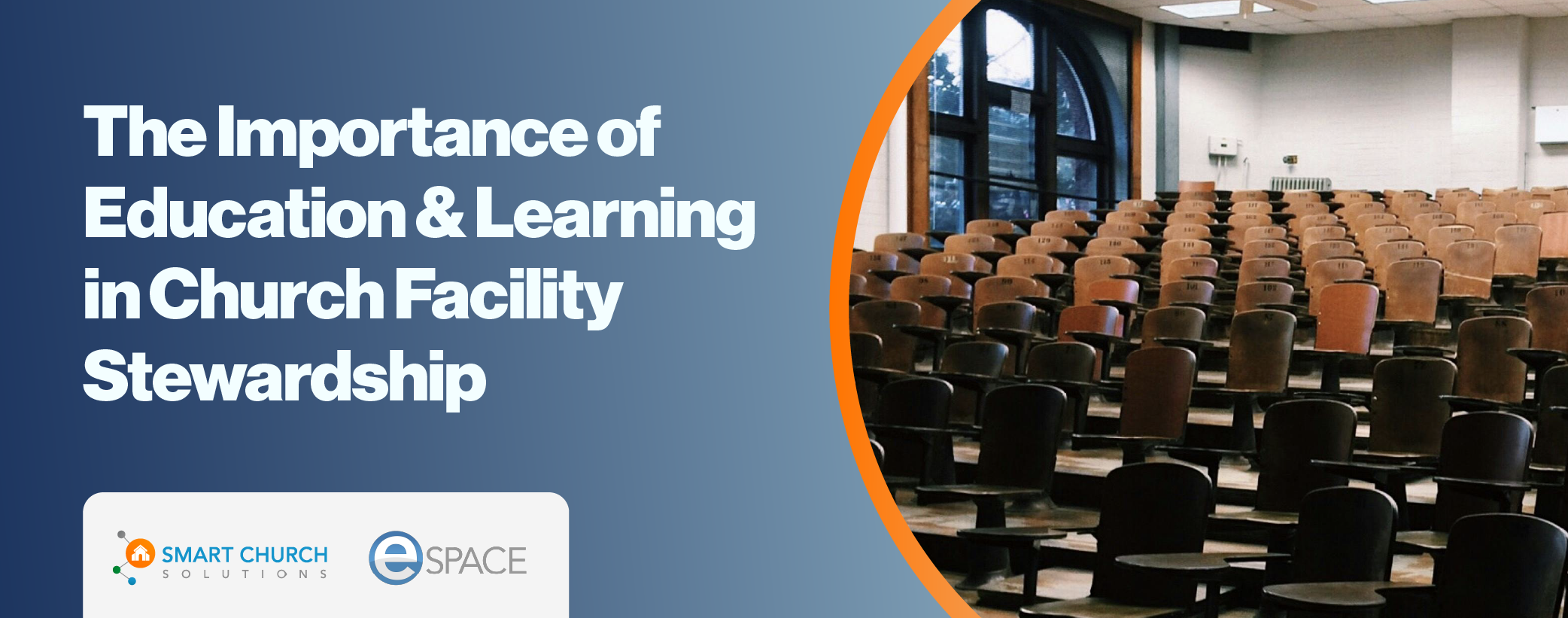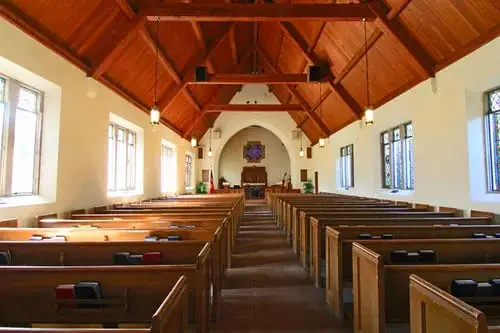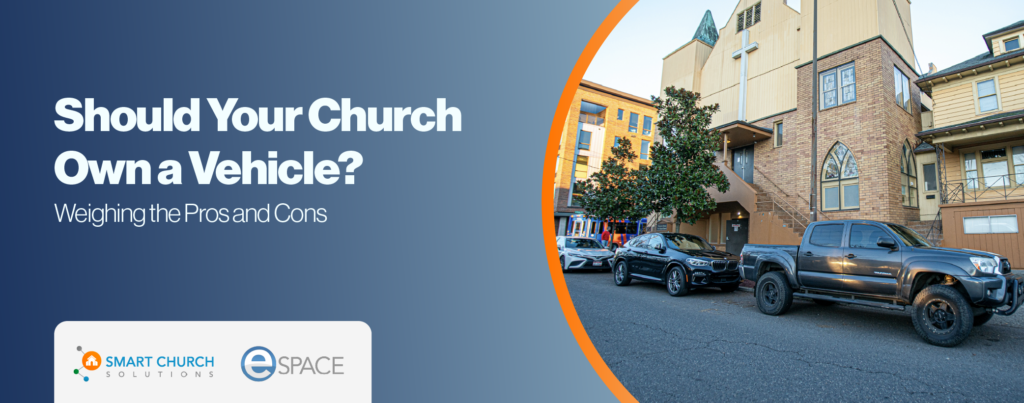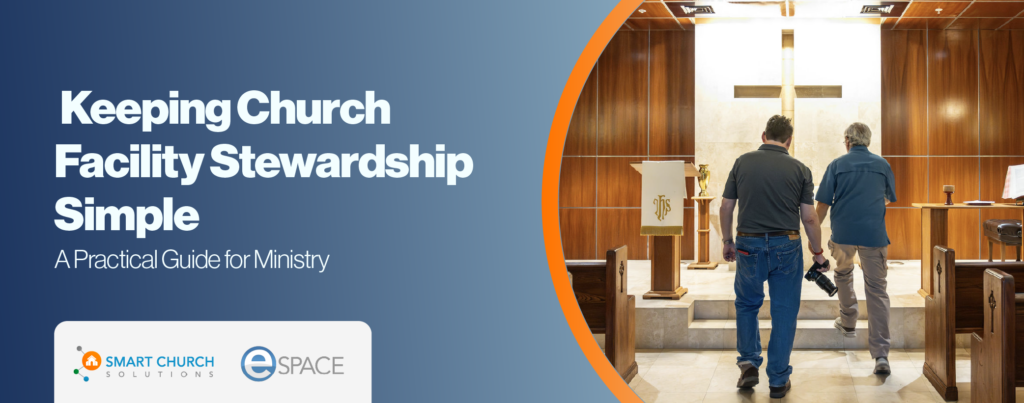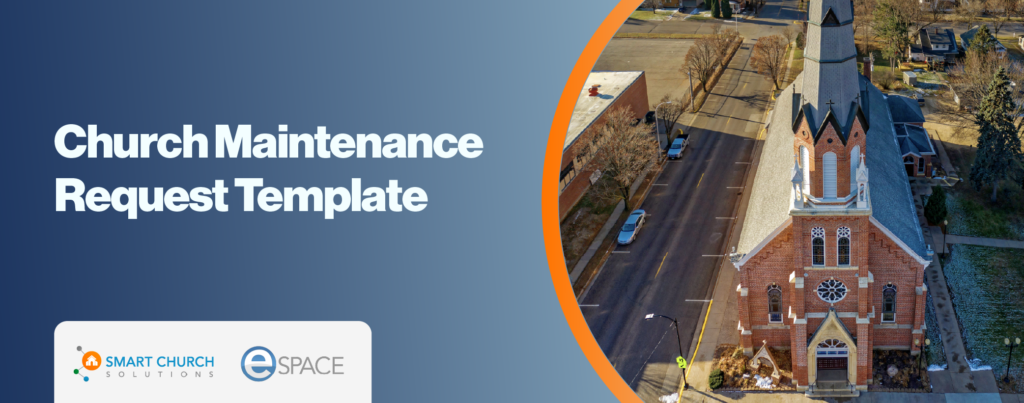Church facility stewardship isn’t just about keeping buildings in good shape—it’s about creating a space where worship, fellowship, and outreach can thrive. Those responsible for maintaining these spaces are crucial in ensuring that the physical environment supports the church’s mission.
But effective stewardship doesn’t happen by chance. Ongoing education and learning are key to managing church facilities wisely, efficiently, and with a heart for ministry. Here’s why investing in knowledge is one of the most important things you can do as a facility steward.
1. Understanding the Role of Facility Stewardship
Facility stewards do more than handle maintenance; they shape the atmosphere where ministry happens. Whether it’s ensuring a welcoming space for first-time guests or maintaining a peaceful sanctuary for worship, every decision they make impacts the church experience.
Education helps facility stewards see beyond routine upkeep and understand how their work aligns with the church’s broader vision. When stewards connect their daily tasks to the church’s mission, facility management becomes more than a job—it becomes a ministry.
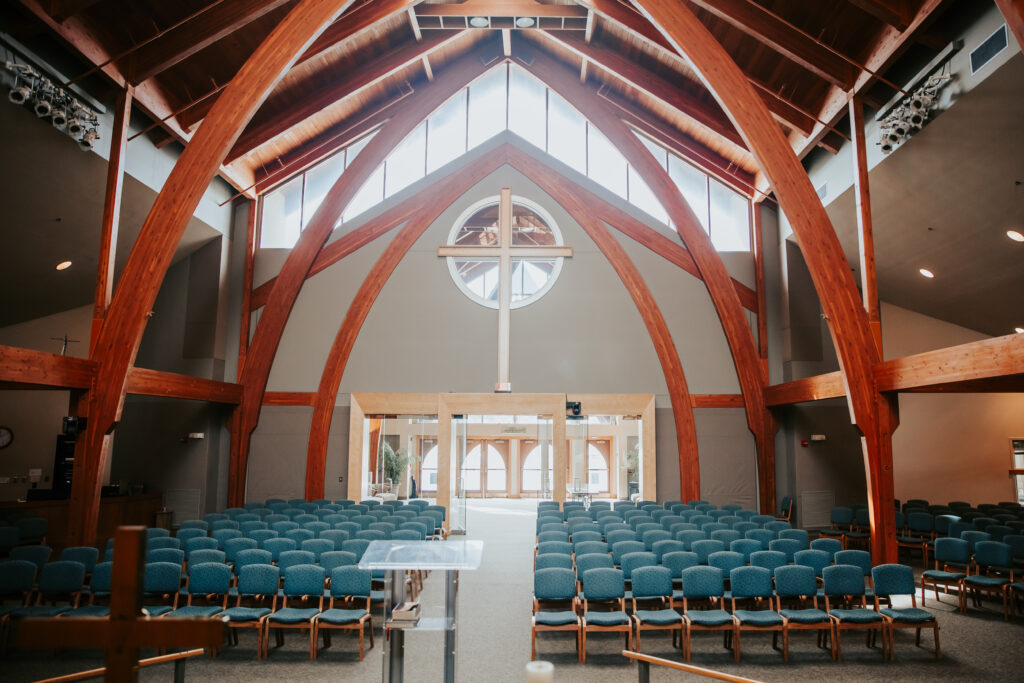
2. Keeping Up with Best Practices
Facility management is constantly evolving. From energy-efficient upgrades to new safety protocols, staying informed about best practices ensures that churches are stewarding resources wisely and providing the best possible environment for their congregation.
Through training programs, conferences, and workshops, stewards can learn about:
- Sustainable maintenance strategies
- Smart facility management tools
- Cost-effective operational improvements
Continuous learning means facilities don’t just stay functional; they stay future-ready.
3. Enhancing Safety and Compliance
Church facilities must adhere to various safety and regulatory standards, including fire codes, ADA compliance, and health regulations. Education in these areas is crucial for facility stewards to ensure the safety of all who use the space. By staying informed about the latest regulations and safety protocols, stewards can prevent accidents and ensure a secure environment for worship and community gatherings.
4. Financial Stewardship and Resource Management
Good stewardship isn’t just about maintenance; it’s also about financial responsibility. Understanding budgeting, cost-saving measures, and resource allocation is essential for maintaining the church’s facilities sustainably.
Educational opportunities in financial management and facility budgeting empower stewards to make informed decisions that protect the church’s assets and support its mission. This financial acumen can lead to more efficient use of resources, ultimately benefiting the entire congregation.
5. Building Community and Collaboration
Education fosters collaboration among facility stewards, church leaders, and congregation members. Workshops, seminars, and training sessions create opportunities for networking and sharing ideas. This collaboration can lead to innovative solutions for common challenges faced by church facilities.
A well-educated facility steward can effectively communicate the needs and benefits of the church’s facilities to the congregation, fostering a sense of ownership and involvement within the community.
6. Embracing Technology
Technology is revolutionizing facility management. From automated maintenance tracking to digital security systems, learning how to use modern tools can greatly simplify operations.
By embracing facility management software, energy monitoring tools, and digital scheduling systems, stewards can save time, reduce costs, and keep facilities running smoothly—all while focusing on ministry.
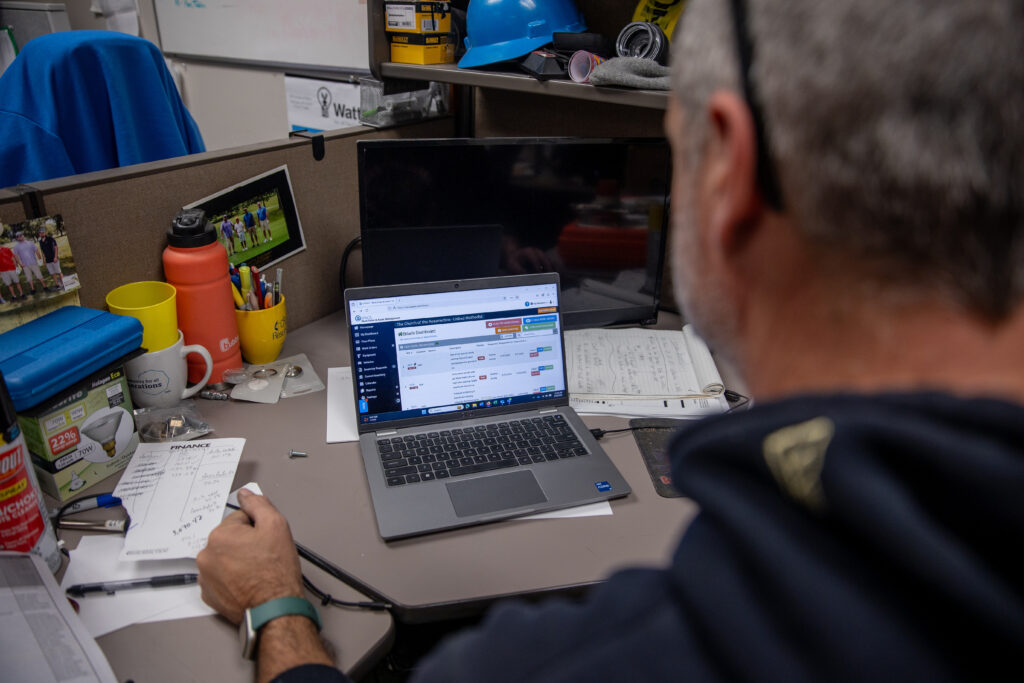
7. Cultivating a Spirit of Service
At its core, facility stewardship is a ministry that reflects the church’s values. Continuous learning instills a sense of purpose and service in facility stewards, reminding them that their work is an extension of their faith.
By investing in education, they cultivate a deeper understanding of their role as caretakers of the church’s physical space, allowing them to serve with greater dedication and passion.
Conclusion
Church facility stewardship isn’t just about buildings—it’s about people, worship, and community. By committing to ongoing education, stewards can ensure that church spaces are:
- Well-maintained
- Safe and accessible
- Financially sustainable
- Aligned with the church’s mission
The more we learn, grow, and innovate, the more effectively we can support the work of the church, today and for generations to come. Because great facility stewardship isn’t just about maintenance—it’s about ministry.


